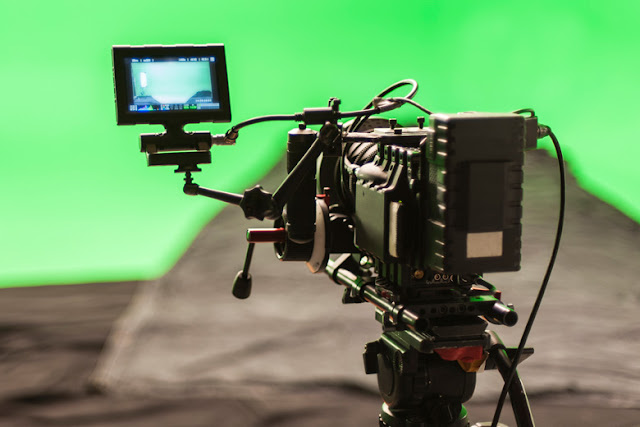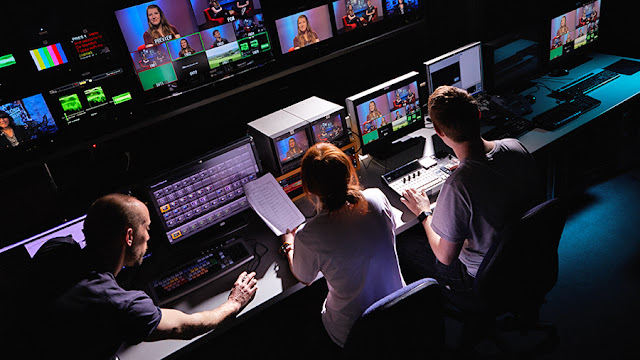Camera Workshop 2
Camera Workshop 2
In this post I will be writing about our second workshop on camera which will revolve around how to film a scene and how it is used.
In this post I will be writing about our second workshop on camera which will revolve around how to film a scene and how it is used.
CONTINUITY:
- It is when you shoot parts of one scene in the same location to get different angles of the scenery so the watcher can understand what is happening.


CALLING OUT:
- If you are holding the camera and need to pass it on to a peer, the person holding it says "yours" and doesn't let it go until the other peer receiving the camera says "mine" this is because it is heavy and expensive so you wouldn't want it to drop and break.
- Another type of calling out is when you are going to film a scene and the director or producer calls out "standing by" to let the whole crew know they are about to film and to get ready so no noises or interruptions are made.
- After this has been said all the crew has to answer when they are ready by saying "standing by".
- Once this has been said the director or producer tells the camera man to "roll camera" before the actual scene occurs.
- The camera man then says "rolling camera" to let the director/producer and actors that they should be ready for the scene.
- Then the obvious last but not least demand is when the director/producer calls out "ACTION" which then means that the actors can start the scene with what they are supposed to be doing.
- Lastly, they call out "CUT" which is when the scene ends and the cameraman can then stop filming.
MARKS:
- Marks is a type of white cello tape which is stuck on the floor in the location the scene is set in where the characters are standing.
- This is so that when a scene in the same location is shot for the 2nd or 3rd time you would want the character standing in the right position so that the viewers don't get confused and so that the scene looks real and ongoing.
- Marks is a type of white cello tape which is stuck on the floor in the location the scene is set in where the characters are standing.
- This is so that when a scene in the same location is shot for the 2nd or 3rd time you would want the character standing in the right position so that the viewers don't get confused and so that the scene looks real and ongoing.
INFORMATION:
- You film before saying action so that the camera man doesn't have problems to start filming and if he/she does then it can be solved
- It can also be so that everyone is in their places and ready to get the perfect shot.
- The camera keeps rolling after the scene so that no parts of the scene that is needed will disappear as it is filmed after the actors have finished their parts.
- You shoot wide first to understand where the scene is and where all characters are in the picture.
- You shoot wide first to understand where the scene is and where all characters are in the picture.
- You shouldn't watch footage back on set because it will take useless time away. It will also take away you attention from the actual scene and might get things wrong as you have put your mind into the camera. It might not have looked the way you wanted it to but later in editing it can always be fixed and more concentration will be put in.
THE 180 DEGREE RULE:
- This rule means when you can see who is in the room.
- It states that any amount of characters (normally two) in the scene should usually always have the same left to right relationship with each other.
- If this rule is broken it will disrupt the scene which disorients the watchers.
- If this rule is broken it will disrupt the scene which disorients the watchers.




Comments
Post a Comment